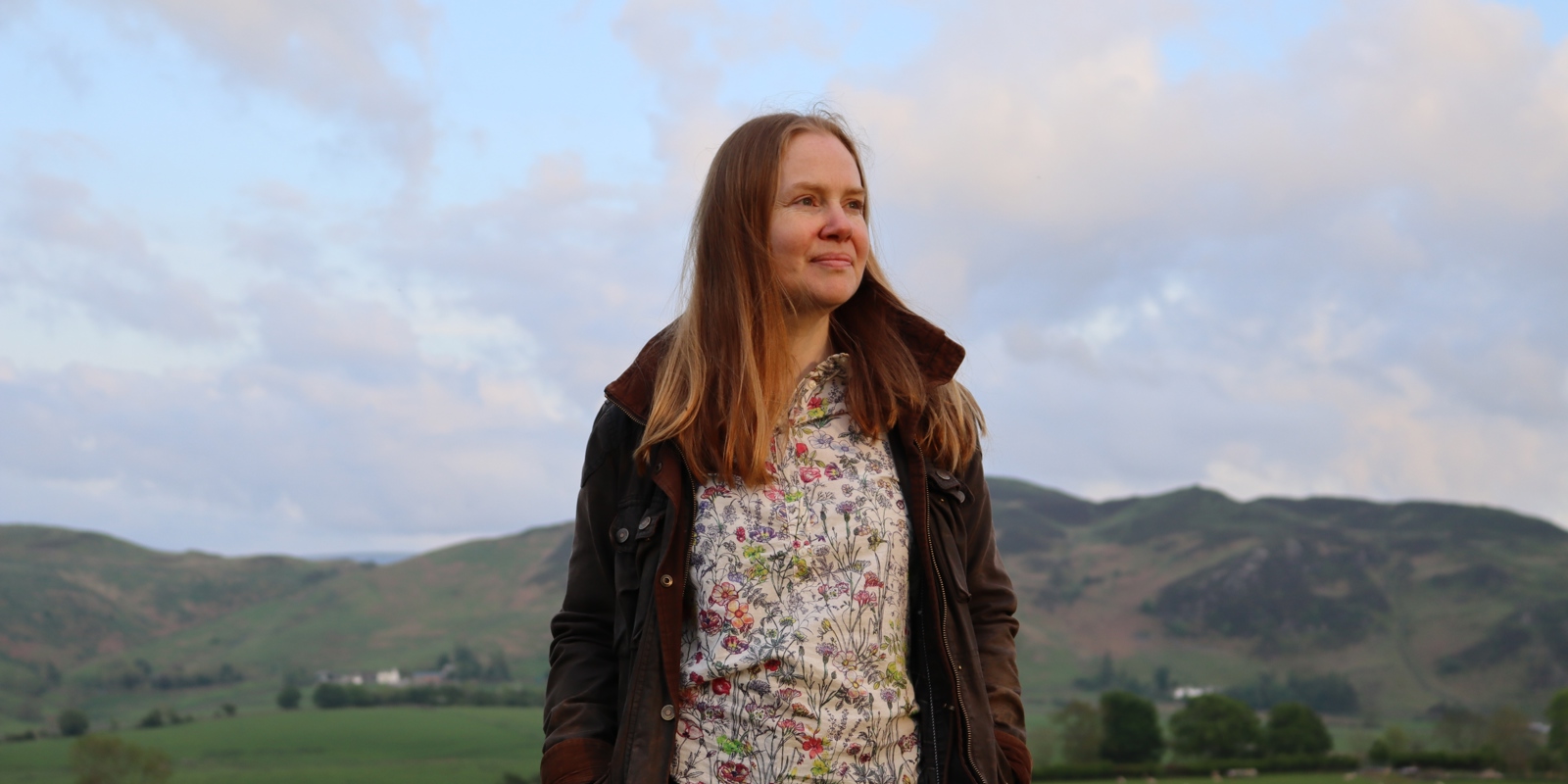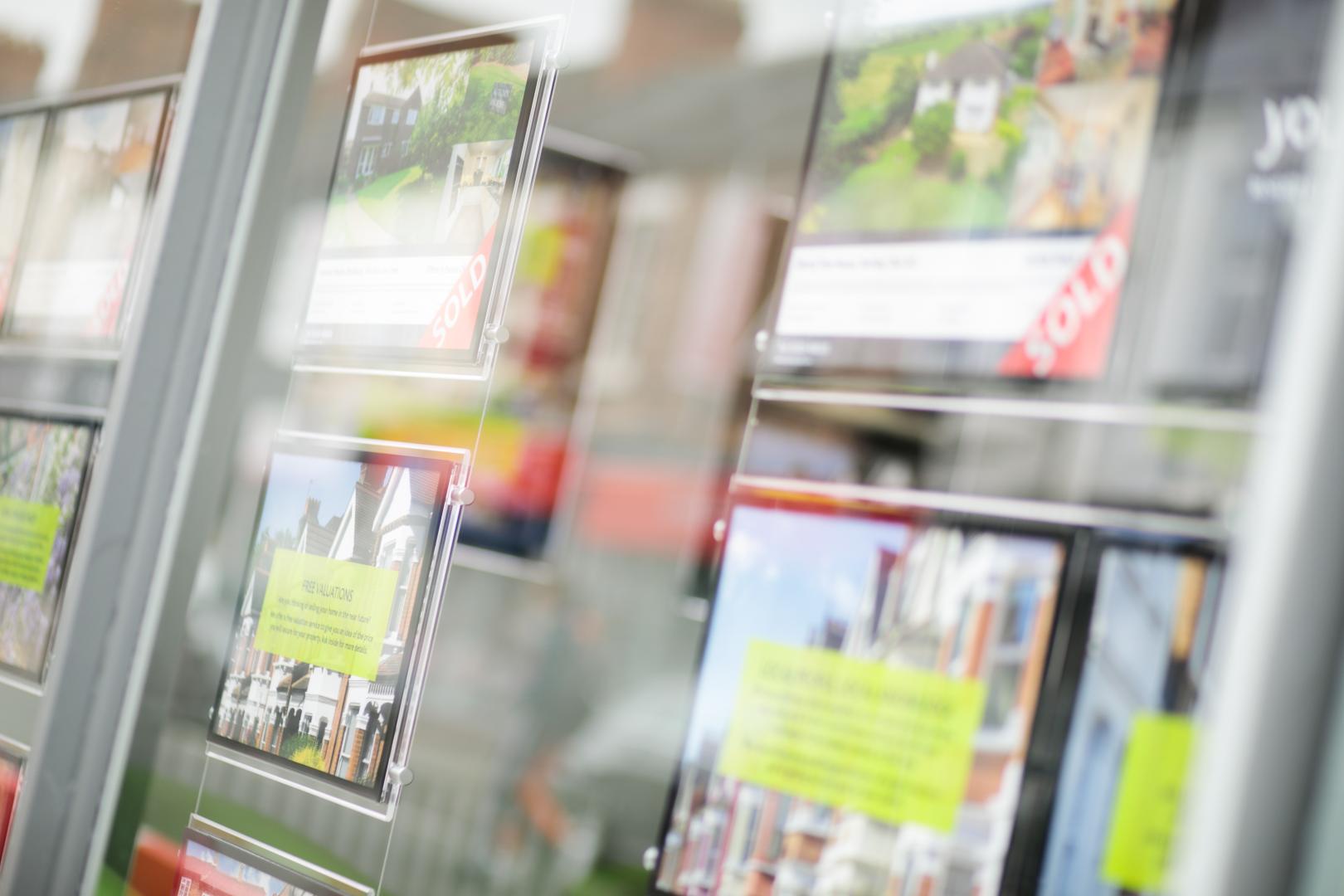Commercial: There's still life in the office market

Fri 21 May 2021
When Government issued the message to ‘Stay at Home’ in March 2020, businesses around the UK closed their offices to all but essential workers and the remainder of the workforce went from their shiny corporate offices to the kitchen table overnight.
As the months went by, many predicted the end of office working, but how is the office market actually performing?
LOOKING AT THE FACTS - WORK BALANCE
British Airways are one of many employers who have recently announced that the global pandemic has taught them that many of their team enjoy working from home, and are more productive, meaning that they need to look more seriously at flexible ways of working.
However, other occupiers such as Calvin Klein have given a vote of confidence in the London office market by signing a pre-let for 50,000 sqft of office space at the former Television Centre.
Microsoft’s recent annual Work Trend Index, which surveys 30,000 people around the world, found that 73% want employers to continue to offer flexible working, but 67% of workers also wanted more ‘in person’ time with their colleagues.
A recent survey by KPMG found that only 17% of employers questioned said that they expected to reduce their office requirement within the next three years, down from 69% six months ago.
It is also clear from our experience at youngsRPS of managing office developments that there is a proportion of workers who do not have the space to work from home in the longer term. The health, wellbeing, and social impact of working from home has proved to be too difficult for some.
WHAT DOES THIS MEAN FOR THE OFFICE MARKET?
Flexible or hybrid working is forecast to be the dominant trend in the office market. The trend for hot desking is likely to be replaced by the opportunity for workers to split their working hours between the office and home.
Employers will also keep a very keen eye on productivity; a number of employers found productivity actually rising at the start of lockdown but have now seen it fall away. Those employers will want to see all staff back in the office.
Even those businesses who do want their employees back in the office full time will also need to look at the environment they provide in order to retain the best workforce. Some industry designers are suggesting that future workspaces will provide around 12sqm of floorspace for each employee, rather than the 8 sqm which is the current norm. There is also likely to be more emphasis on providing a better-quality environment, such as better air handling and some outside break out space.
These changes in office trends will ultimately feed into the market but this will take some time to materialise as many occupiers will be mid-way through leases and unable to make changes to their office environment. There is likely to be a shuffling through the market; some occupiers seeking larger offices which will allow them to offer a better environment to staff, whilst others seek to reduce their office requirements, allowing people to work from home whilst retaining an office presence to allow social contact between team members as well as space for training new and existing staff.
There is also predicted to be a move to more suburban office locations which can be easily accessed by car and where parking is more plentiful.
EMBRACE THE CHANGE!
Whilst the pandemic is likely to have a significant effect on the office market, it is certainly not the end. There will undoubtedly be some larger scale employers who will reduce their office requirements, and these cases will make headlines in the media, however, this is not the full story and in our recent experience there is still demand for office space.
The youngsRPS Commercial Team have let and sold a number of offices over lockdown as well as selling office investments. We have noticed a shift in requirements to more suburban locations and a number of tenants moving up and down the office spectrum. Hybrid working is here to stay, but so is the office and it is up to landlords and their agents to adapt their offering to the changing market.







Share this with
Email
Facebook
Messenger
Twitter
Pinterest
LinkedIn
Copy this link